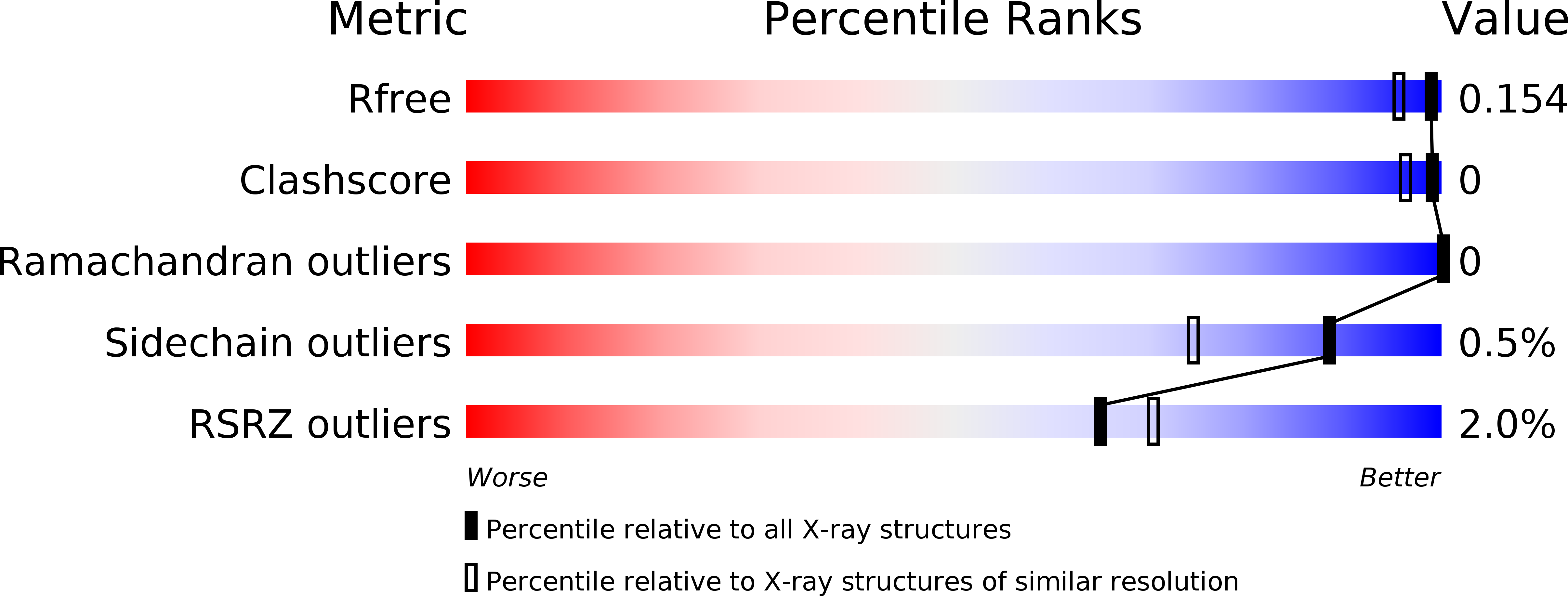
Deposition Date
2010-08-10
Release Date
2011-07-20
Last Version Date
2023-09-06
Entry Detail
PDB ID:
3OCZ
Keywords:
Title:
Structure of Recombinant Haemophilus influenzae e(P4) Acid Phosphatase Complexed with the inhibitor adenosine 5-O-thiomonophosphate
Biological Source:
Source Organism:
Haemophilus influenzae (Taxon ID: 727)
Host Organism:
Method Details:
Experimental Method:
Resolution:
1.35 Å
R-Value Free:
0.15
R-Value Work:
0.13
R-Value Observed:
0.13
Space Group:
P 65 2 2


